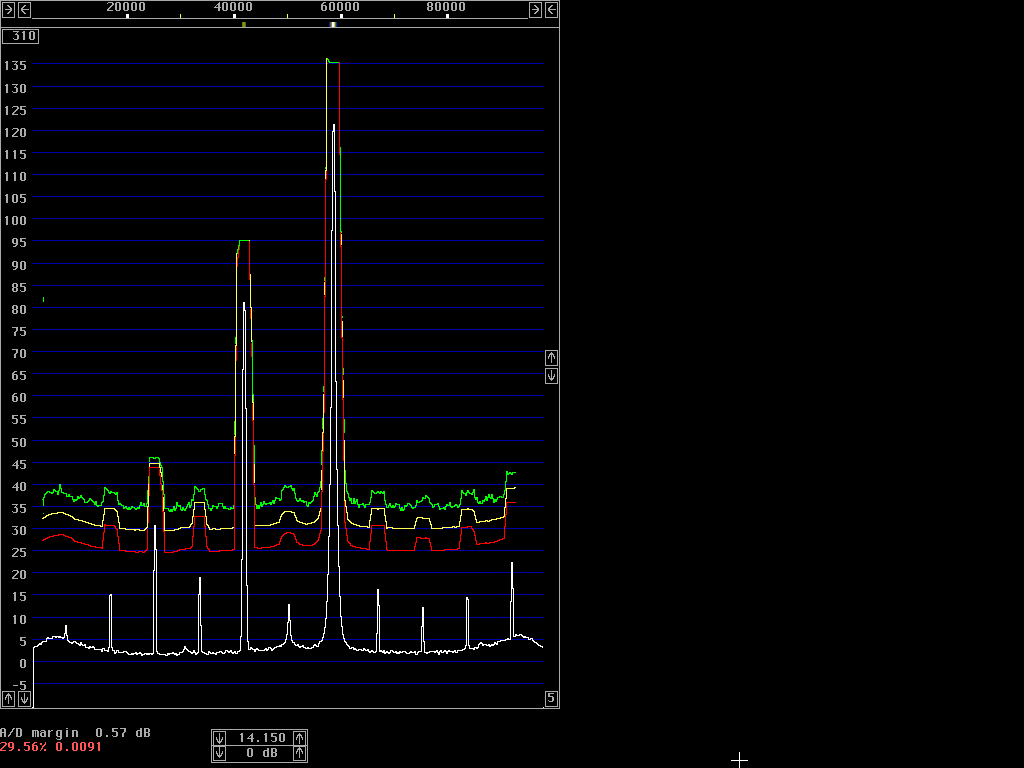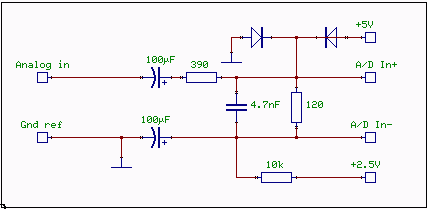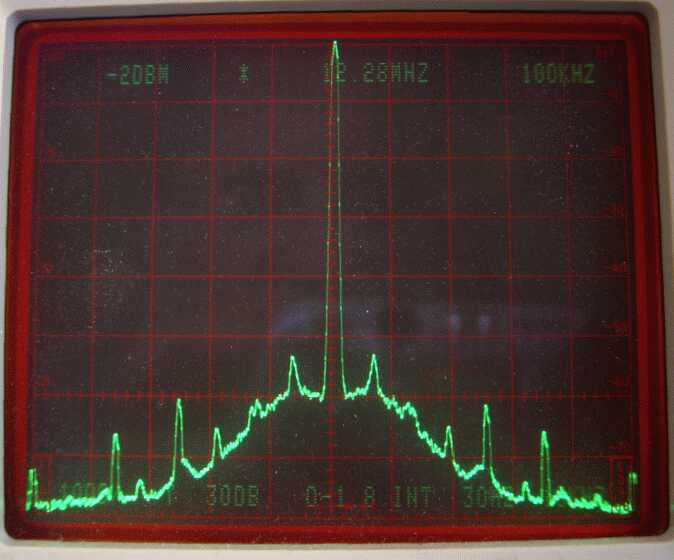 Fig. 1.A crystal oscillator feeding the WSE converter chain
with a modified Delta 44 in the PC.
Fig. 1.A crystal oscillator feeding the WSE converter chain
with a modified Delta 44 in the PC.
Lynx Two and the RX2500 in their original shapeThe Lynx Two soundcard differs from the Delta 44 (mod) in that the saturation level is 3 dB higher and in that the noise floor is 4 dB lower. To avoid the noise from the WSE converter chain to dominate over the noise from the A/D converter the comparison between the two soundcards was made with the same noise figure at the antenna input. In other words, a 4 dB attenuator was inserted at the RX2500 input when the Lynx two card was in use. Figures 1 and 2 show the Delta 44 and the Lynx Two with a 14.159MHz crystal oscillator connected to the input of the RXHFA unit. |
 Fig. 1.A crystal oscillator feeding the WSE converter chain
with a modified Delta 44 in the PC.
Fig. 1.A crystal oscillator feeding the WSE converter chain
with a modified Delta 44 in the PC.
|
 Fig. 2.A crystal oscillator feeding the WSE converter chain
with a modified Lynx Two in the PC. The signal level into the RX2500
is the same as for fig.1 and a 4 dB attenuator is used to set the noise figure
at the input of the RXHFA to the same value is has with the Delta 44.
Fig. 2.A crystal oscillator feeding the WSE converter chain
with a modified Lynx Two in the PC. The signal level into the RX2500
is the same as for fig.1 and a 4 dB attenuator is used to set the noise figure
at the input of the RXHFA to the same value is has with the Delta 44.
|
|
These spectra show the expected 4 dB improvement of the noise floor
but there is no corresponding improvement of the intermodulation
dynamic range because the input level into the RX2500 is equal
in these measurements. The RX2500 is just below saturation in both
cases. This means that the RX10700 has to supply 4 dB more power
to compensate for the 4 dB attenuator. Since the noise floor
at the antenna input is 4 dB lower the intermodulation free
dynamic range is unchanged.
The Lynx two card suffered from an "accident" with my good old vacuum tube audio oscillator and therefore the input amplifier was replaced by two resistors. I did not care to set the gain exactly right, therefore the suppression of the image spur is poor in figure 2. A very interesting observation is that the resistors give 2 dB less noise at high frequencies compared to the INA137. The second stage of the analog input chain adds about 5 dB around 20 kHz but it is less important at high frequencies where other noise sources dominate. |

Fig. 3.Direct input to the AK5394A to fit the RX2500 unit which is modified for a low output impedance. |
|
The dominating noise source in the Lynx Two card is the
buffer amplifier.
To investigate the noise characteristics I lifted the
analog input pins from the pcb for channel 1 and 2 and
connected the RX144 unit through a passive network
as shown in fig. 3.
The improvement on the noise floor is like this:
10 kHz 7 dB 40 kHz 6 dB 80 kHz 3 dB To fit the circuit diagram of fig. 3, the RX2500 unit was modified to provide 90 kHz bandwidth and adequate output impedance to feed the low impedance of the modified board. As expected, the noise floor of the modiified system was at -160 dBc/Hz with my reference oscillator that gives an audio signal of a few kHz. Unfortunately the phase noise of the sampling clock is very high, a signal at the upper end of the passband produces phase noise at about -135 dBc/Hz over the central region of the passband. The sampling clock is at 64 x 192 kHz = 12.288 MHz and its spectrum is shown in figure 4. |

Fig. 4.The sampling clock of Lynx Two. The bandwidth is 10 kHz and the the sweep width 100 kHz per division. |
|
Lynx Two has an option for synchronizing several cards. The clock used for synchronization is 192 kHz so the card probably uses a PLL for generating the 64 th overtone. This is probably the explanation why the sideband noise of the sampling clock is high. The noise is at -102 dBc/Hz at a frequency separation of 100 kHz. The effect on the output noise is probably the same as if the clock frequency were divided by 64. If each division gives an improvement of 6 dB one would get a phase noise of -134 dBc/Hz at 192 kHz. This is the same order of magnitude as the observed noise when sampling a 90 kHz signal. The high phase noise makes the Lynx Two card uninteresting for a wideband SDR. At 40 kHz the Delta 44 is clearly better. Fig 2 above is a special case in which the strong signal is placed at a very low frequency and therefore some phase jitter on the sampling clock does not create wideband noise. When the signal is placed at 40 kHz, the Delta44 is clearly better than the Lynx Two card. We have to remember that soundcards are designad for music with most of the signal energy below 10 kHz. It is not surprising that performance is far from optimum for use as a wideband radio receiver. ConclusionsThe phase noise of Lynx Two makes it unsuitable for use in a high dynamic range wideband SDR. A noise floor of -135 dBc/Hz is not sufficient at frequency separations above 20 kHz. When there is no need for very high dynamic range, Lynx Two can be used to get about 180 kHz bandwidth but then there is no need at all to make any modification to the card.When using Linrad and the WSE converters as a spectrum analyzer for transmitter testing or investigations of local oscillators it is possible to use modified units to improve the dynamic range by more than 10 dB because then one can place the strong signal near the passband center. Personally I do not find it interesting, crystal notch filters provide the extended dynamic range I need. |